Please welcome guest contributor Maggy Torres-Rodriguez
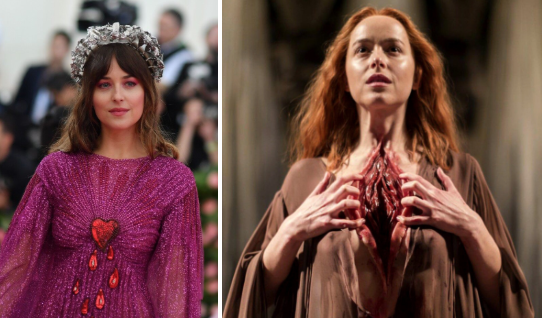
Luca Guadagnino’s Suspiria is now available to stream on Amazon Prime. So if you’re looking for a flick to throw on, kick back and re-- really have your stomach churn, this is it. BUT before we get into that, can we first take a moment to talk about Dakota Johnson’s Met Gala dress (pictured above)...
2019's Met Gala theme was “Camp,” and there’s nothing campier than the original 1977 Suspiria, by Dario Argento (in the best way possible). Let’s take a moment to appreciate the allusion of her dress to her own character in Suspiria, The Mother Suspiriorum, crown and bleeding heart and all. A little disappointed she didn’t go with the literal open chest prosthetic, but hey, it was probably the seventh reveal for Lady Gaga (off camera) or Tilda Swinton herself.
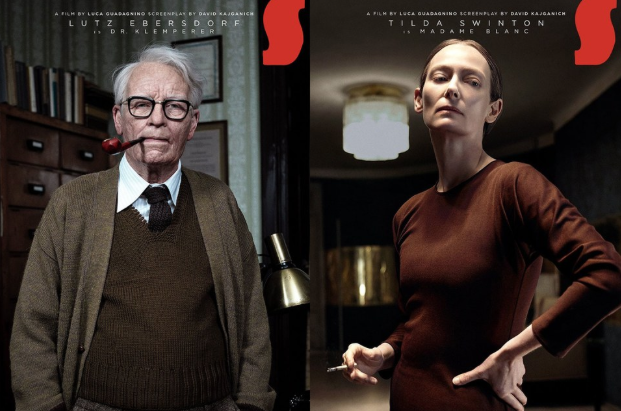 Tilda Swinton as Dr Josef Klemperer and Madame Blanc
Tilda Swinton as Dr Josef Klemperer and Madame Blanc
If you’re looking for a revamped version of the original Suspiria, this ain’t it hun. Director Luca Guadagnino himself calls this more of an ‘homage’ than a remake. If beautiful choreography, psycho-sexual tension, and cracking bones are your thing, let’s talk. Or if you automatically add any film with Swinton in it to your “TO WATCH” list, you’ll enjoy this threefold.
SPOILERS AHEAD
Not only does Tilda Swinton play the enigmatic artistic director and choreographer, Madam Blanc, to terrify us all -- she also played her own creepy nemesis Helena Markos. As if the technical challenge of filming both characters in a scene weren’t enough, she also played the part of Dr. Josef Klemperer, who was credited officially, in jest, as portrayed by actor Lutz Ebersdorf. That’s right, she played three characters who were ALL IN THE SAME SCENE at some point. And nobody knew for sure it was her.
My favorite part of this whole thing is that some were suspicious about Lutz Ebersdorf’s existence. The filmmakers all vehemently denied that Lutz was Tilda, until one day she was just “hehe, gotcha!” When asked why she tried fooling the audience, she said “for the sheer sake of fun.”
I mean...
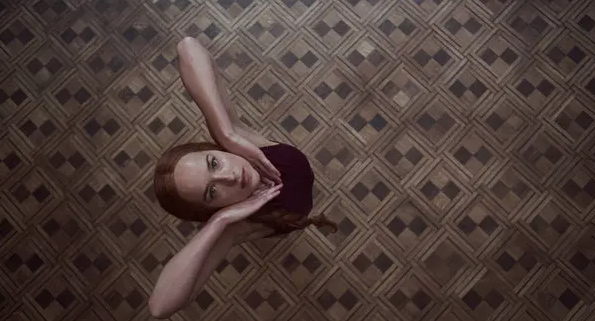
While we’re on the topic of talented femmes, let’s take a moment to appreciate Dakota Johnson’s overarching performance from naive Ohio mennonite to the freakin’ Mother Suspiriorum. So glad to see her successfully break away from her public branding of mousy franchise starlet to hardcore badass enigma -- something not a lot of other typecast actors have been able to do. Sorry Daniel Radcliffe.
Guadagnino’s Suspiria felt more grounded in narrative and lore than Argento’s original, which may appeal to a broader horror audience that seeks storytelling on top of nightmarish set design. Despite Argento’s cult-following and overall favorable reviews, it is not lost on this viewer that the plot disappears frequently to make room for another shocking murder scene, for shock’s sake.
Guadagnino’s version, set in 1977, provides more backstory by attempting to thematically tie the inner workings of the academy with what’s going on in wall-era Berlin outside. While the effort to ground the film in reality is appreciated, some critics felt like the war events outside were arbitrary to the narrative we all actually came to see. Witches being bitches. If you’re not familiar with the German Autumn, the whole through-line about German political unrest became very difficult to follow.
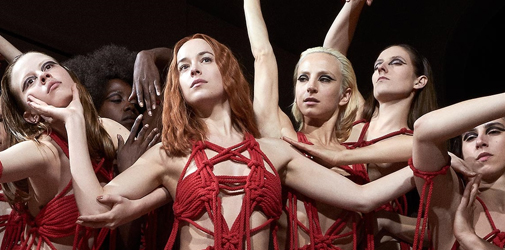
What we did get was an abundance of harrowing and gorgeous choreography throughout the film, something that was missing from the original 1977 version, despite it being set in a ballet academy. Kudos to Dakota Johnson and Mia Goth who trained for months to perform authentically in their roles. Not only do we get to watch the spectacle of the dances, the film also focuses on the creative process beforehand -- how dancers and choreographers come up with the ideas for their movements, their bodies creating shapes and angles to inspire feelings of peace, uncertainty, or downright fear. If you’ve ever danced, you’ll know the process takes an emotional toll as well as a physical one. Or in this case, to point out the next host body for the ‘mother’ witch to inhabit. Nuance.
A special warm shout out to Thom Yorke of Radiohead for providing the hauntingly metronomic score for the film, extra warm for Thom who sings so sadly he just might need the warmth. The dreamy soundtrack starkly contrasts the clashing whisper-scream sounds of Goblin, the original Suspiria’s composer. Amazing how such different approaches to horror soundtracks can provide a similarly unnerving atmosphere.
Chloë Grace Moretz is also in this, but mostly served as an expository plot device.
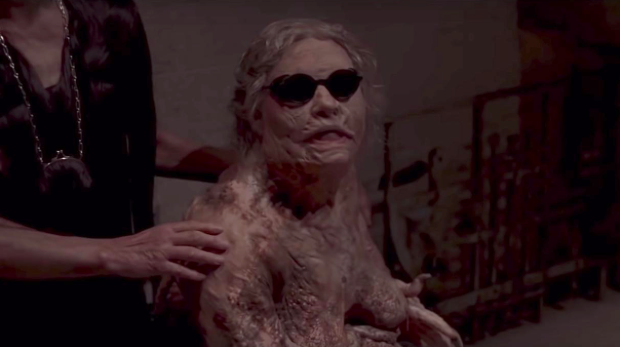 Tilda Swinton as Helena Markos
Tilda Swinton as Helena Markos
Perhaps the most obvious, and rewarding, difference is the shift in direction of the denouement between the films. In Argento’s version, Susie Bannion defeats the evil Helena Markos and leaves the academy burning behind her, smiling as she departs, happy to leave it all behind. Contrarily, in Guadagnino’s rendition Susie Bannion does not run away… she IS the evil. How’s that for female empowerment? As if men didn’t have reasons to fear women already.
Reasonable requests for the rest of 2019: More leading roles for Dakota Johnson, and a redeeming opportunity for Chloë. It’s going to happen, girl!